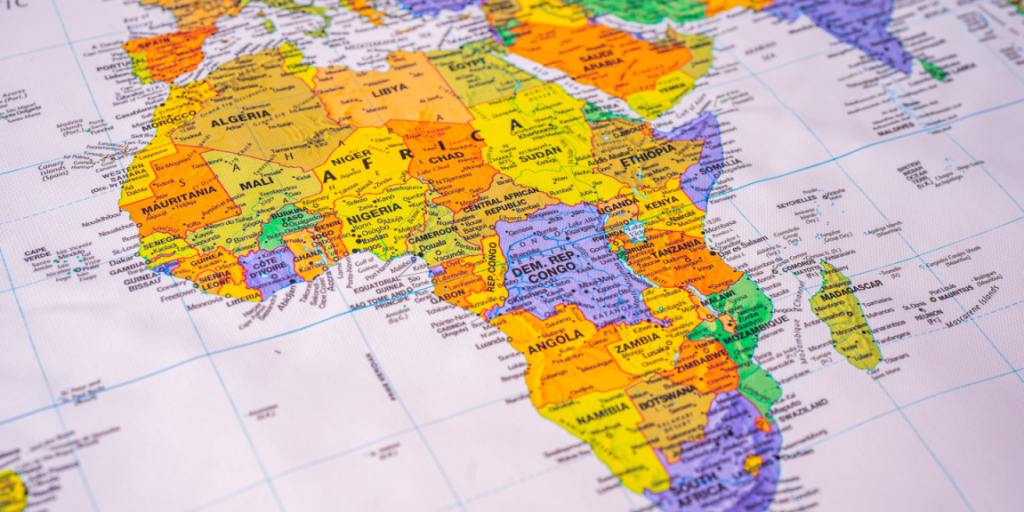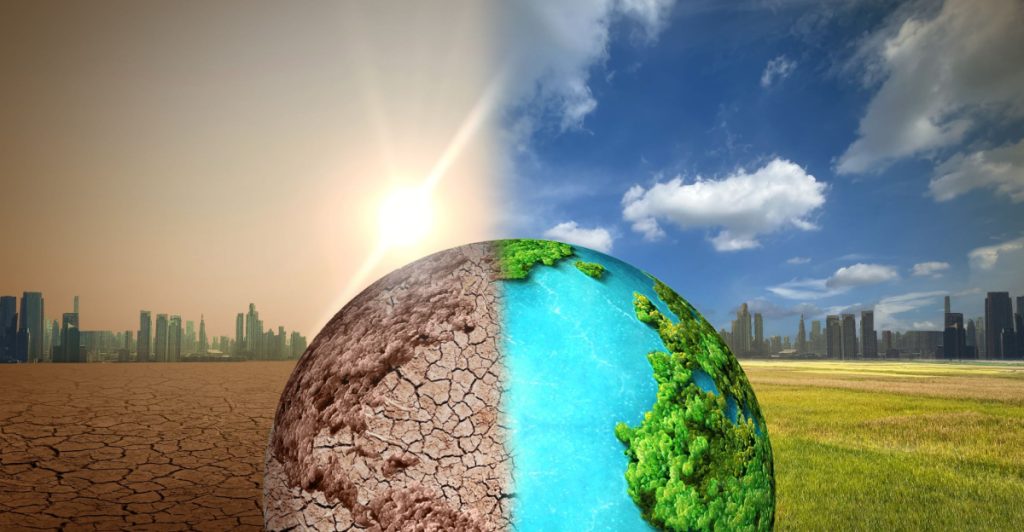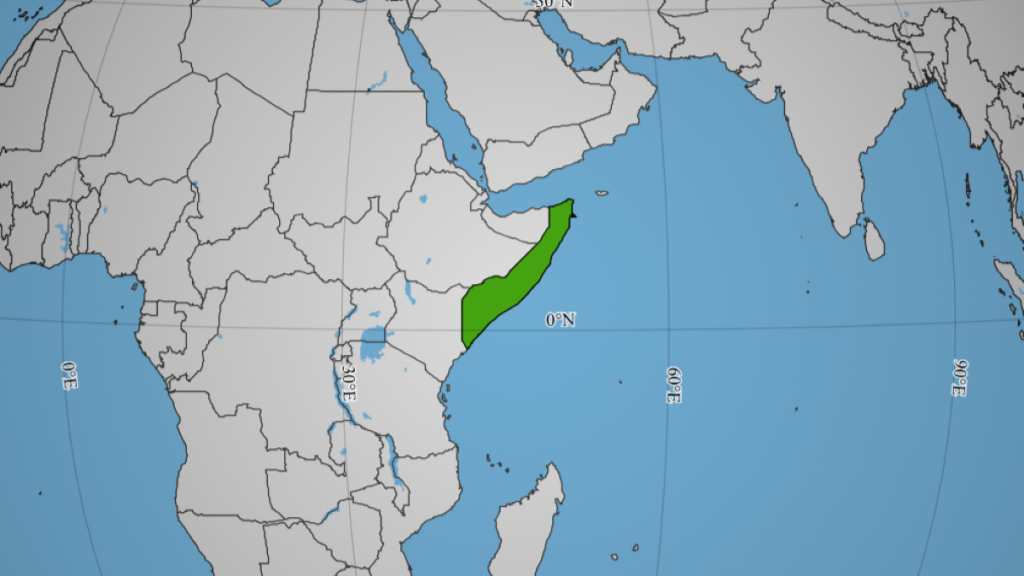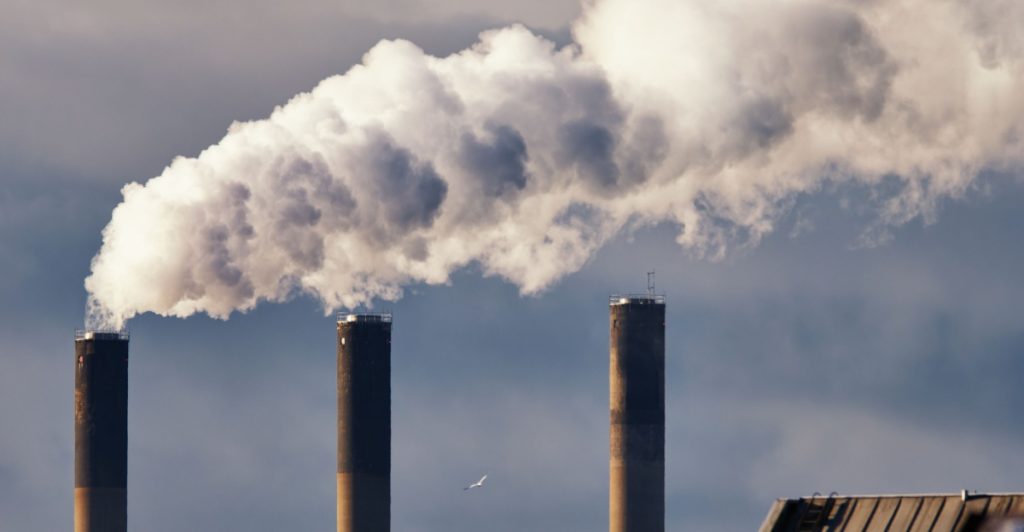researchers linked Trump’s rollback of climate regulations to 5.7 billion metric tons of extra emissions by 2035.
Others are reading now
New modelling reveals that Donald Trump’s aggressive push to expand fossil fuel use and undo climate protections could lead to an estimated 1.3 million additional heat-related deaths worldwide by 2115. Most of these deaths are expected to occur in some of the world’s poorest and hottest regions, highlighting the global human toll of US domestic policy decisions.
The burden falls on the least responsible nations

While countries in Africa and South Asia have contributed the least to global greenhouse gas emissions, they stand to suffer the most.
Many lack the infrastructure to cope with extreme heat, and as temperatures rise, millions will be exposed to deadly conditions without the protection of cooling systems or healthcare.
The US sits out global climate summit

At the latest international climate conference in Belém, Brazil, the US was conspicuously absent. While it makes up just 4% of the world’s population, the US has historically produced about 20% of all emissions.
Its absence was noted alongside just three other countries, Afghanistan, Myanmar and San Marino, that failed to send delegations.
Modelling the cost in human lives

Also read
Using emissions data from the Rhodium Group and a peer-reviewed mortality model developed by economist R. Daniel Bressler, researchers linked Trump’s rollback of climate regulations to 5.7 billion metric tons of extra emissions by 2035.
That’s enough carbon to lead to 1.3 million additional deaths from extreme heat over the following 80 years.
Why these numbers matter

Though they represent just a fraction of the estimated 83 million heat-related deaths possible by 2100 without urgent climate action, the figures show the direct human impact of political decisions.
Unlike broader metrics, these projections focus solely on deaths caused by rising temperatures, excluding the vast toll from floods, disease, famine and conflict.
Trump dismantles Biden’s climate achievements

Under President Biden, the US had begun major investments to curb emissions, rejoining the Paris Agreement, boosting clean energy, and funding energy-efficient infrastructure. But Trump quickly reversed course.
Also read
Within 100 days of returning to office, he pulled out of the Paris deal again and signed a sweeping bill that slashed green energy incentives while boosting fossil fuel production.
EPA celebrates ‘biggest deregulatory action’ in US history

In March, the EPA announced major rollbacks, undoing limits on emissions from vehicles, oil and gas drilling, and coal plants. This move, hailed by Trump’s team, significantly undermines efforts to keep global warming in check, despite mounting scientific warnings about the stakes.
Climate deaths are already rising

Extreme heat is already killing more people each year. In the US alone, heat-related deaths have jumped over 50% since 2000.
The infamous 2021 heatwave in the Pacific Northwest caused hundreds of deaths, many among elderly people trapped in overheated homes. Scientists concluded the event would have been virtually impossible without climate change.
Future suffering is not evenly shared

Despite its high emissions, the US is projected to see just 1% of the additional temperature-related deaths caused by its own increased pollution.
Also read
By contrast, countries like India, Pakistan, Niger and Somalia, many with little responsibility for the climate crisis, face soaring death tolls.
Pakistan, for example, could see 6–7% of the world’s heat deaths despite having just 3% of the population.
“People in my community will die”

Pakistani-American climate activist Ayisha Siddiqa spoke emotionally about the 2022 heatwave that sent her father to hospital.
Like most in Pakistan, her family had no air conditioning as temperatures soared past 120°F (48°C). “It’s like the entire air around you is sticking to your body and you can’t breathe,” she said.
What is the mortality cost of carbon?

R. Daniel Bressler’s model calculates that every 4,434 metric tons of carbon emissions causes one additional temperature-related death over 80 years.
Also read
That’s roughly equal to the lifetime emissions of 3.5 Americans or 146 Nigerians. While the EPA under Trump dismissed the model, peer-reviewed experts have endorsed its scientific basis.
Two futures: drastic action or mass deaths

Bressler’s model outlines a grim “pessimistic” scenario where emissions don’t peak until 2100, leading to 83 million deaths from heat.
But if emissions dropped nearly to zero by 2050, that figure could fall to 9 million. Even in this best-case scenario, Trump’s 2025 policies alone would still cause over 600,000 extra deaths.
Emissions decisions are life and death

Experts agree: policies that increase emissions will cost lives, while those that cut emissions can save them. “If you do things that add emissions, you cause deaths,” Bressler said. “If you do things that reduce emissions, you save lives.”
This article is made and published by Edith Hejberg, who may have used AI in the preparation


